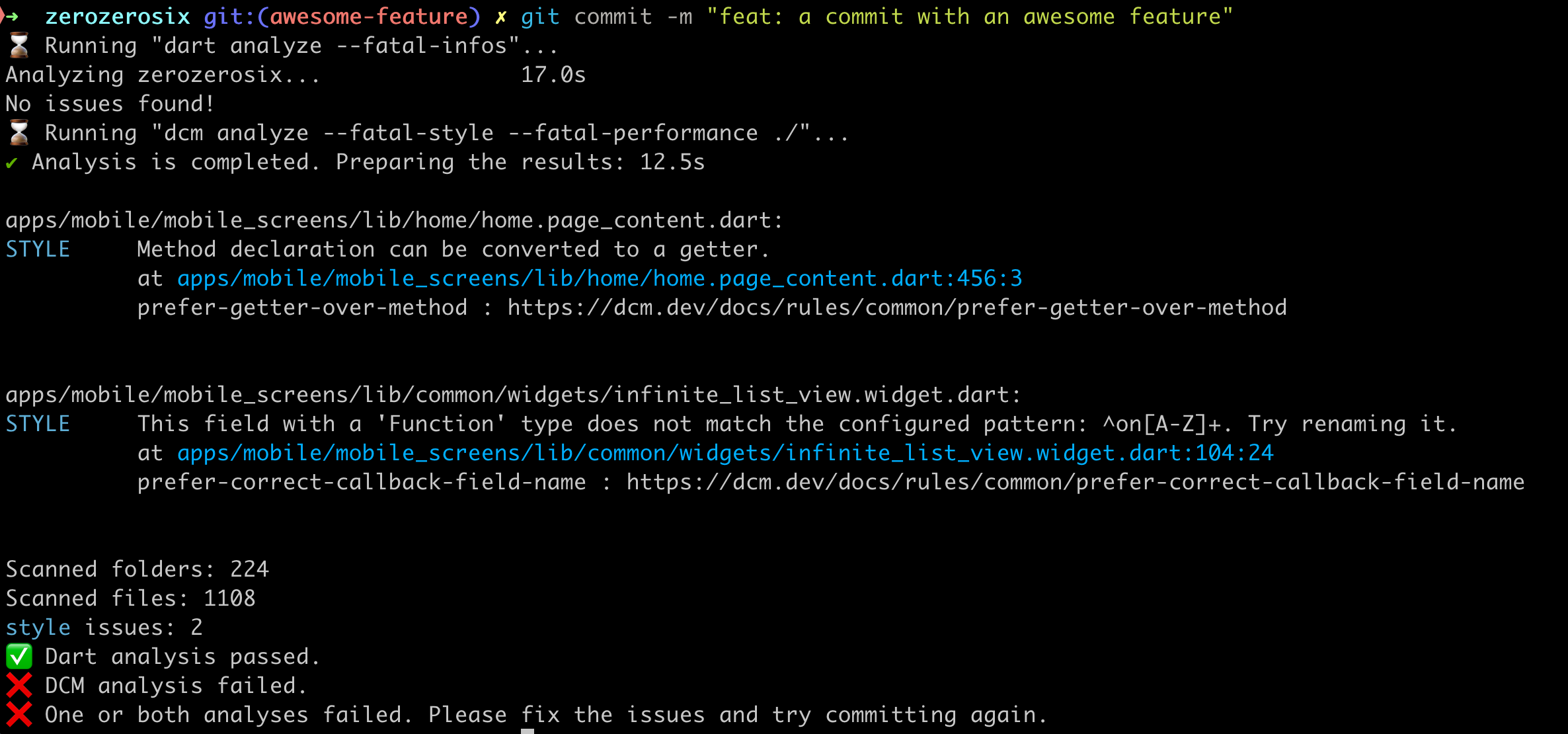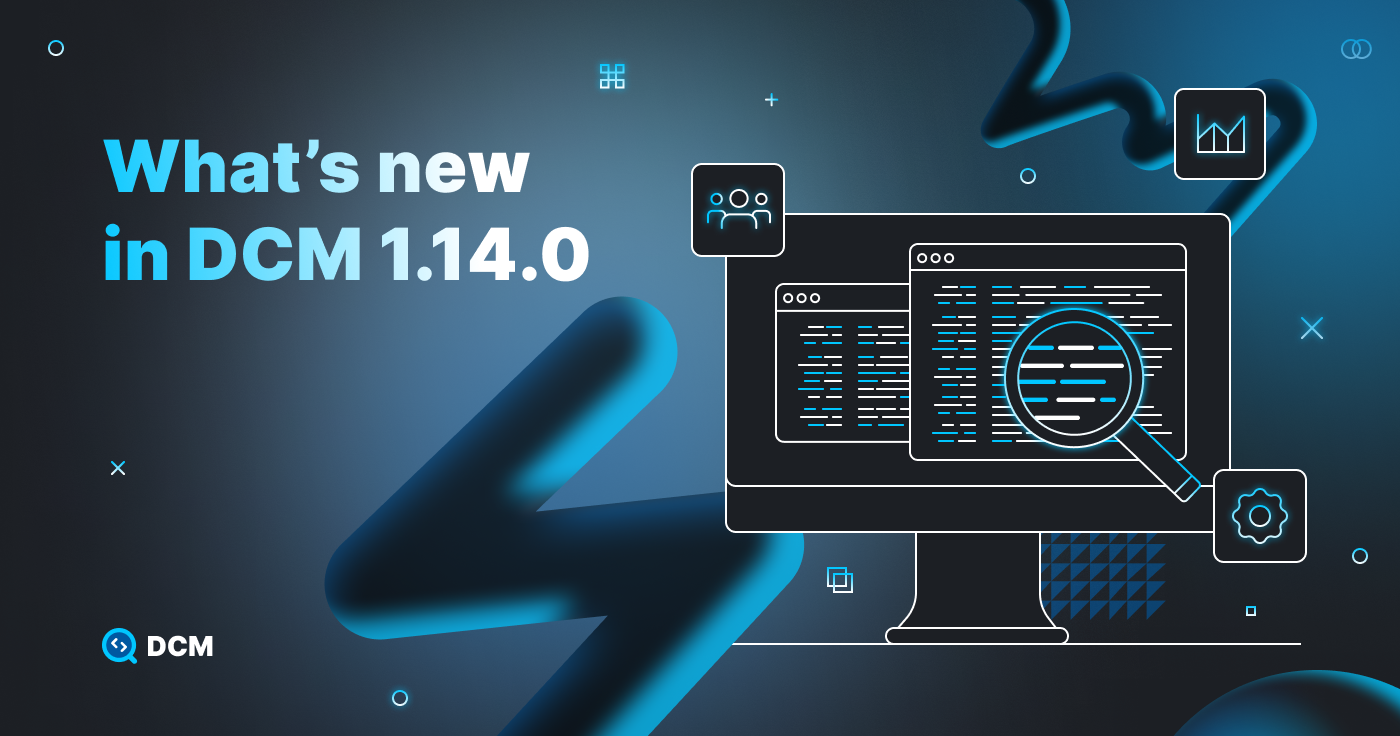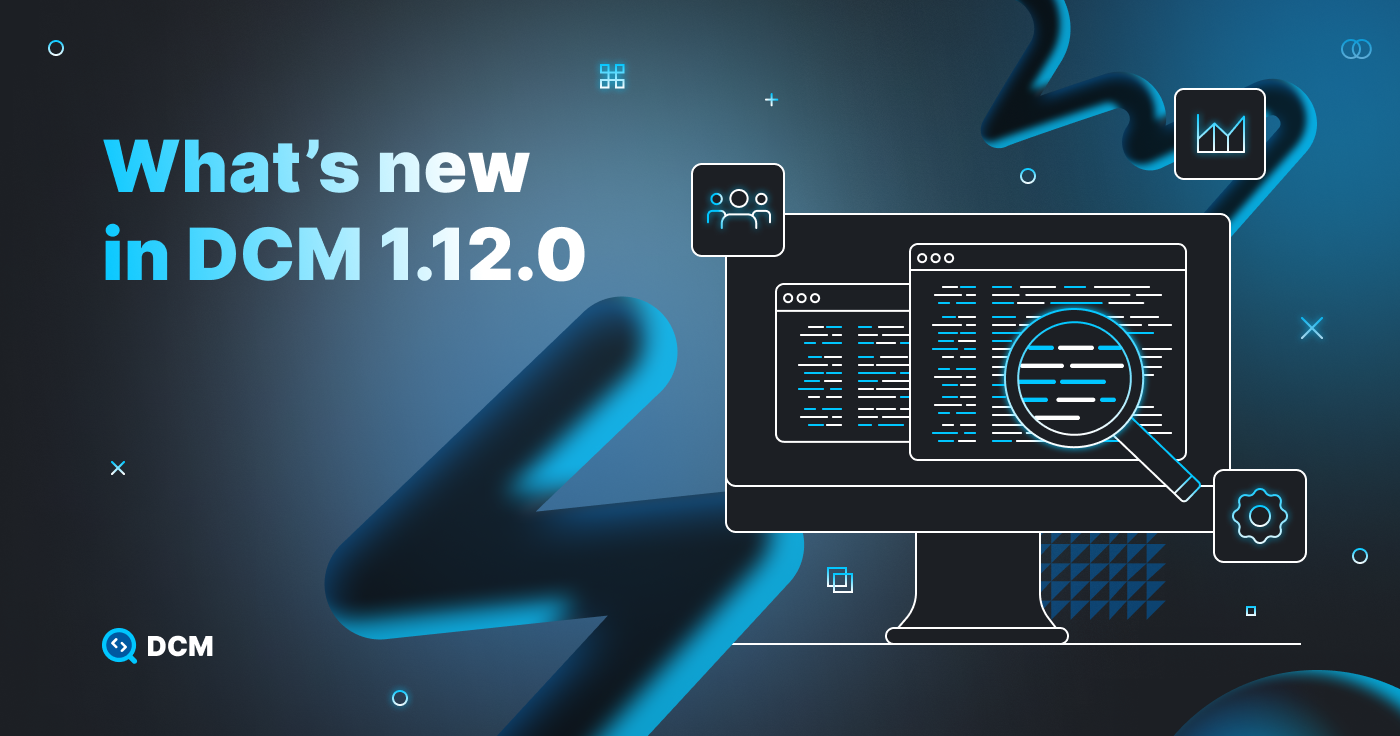What’s new in DCM 1.22.0

Today we’re excited to announce the release of DCM 1.22.0!
This release includes 15 new rules, DCM Teams Console improvements, ignore comment support for pubspec rules and the first version of our public roadmap.
In the next release we'll update the recommended preset to include new rules. If you use this preset, please be ready to address new warnings.
Let's go through the highlights of this release! (And you can find the full list of changes in our changelog)
















